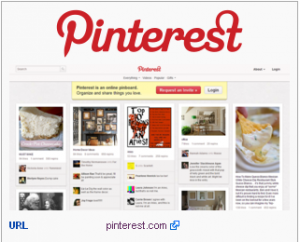Want to know more about online persuasion and how you can write content that gets results? Here’s a quick one minute video promoting my Content Marketing with Blogs ebook.
The e-book formatting and design was done by my son-in-law, expert graphic designer and creative genius, Scott Krakoff. Tell me what you think…
If you haven’t downloaded it yet, be my guest: Content Marketing with Blogs…

 How do you create
How do you create 








